Subscribe now and get the latest podcast releases delivered straight to your inbox.
What is the Inbound Marketing Funnel? (+ Examples)
.png?width=50&height=50&name=Anj%20Profile%20Pic%20(6).png)
Jul 27, 2023

Stages of the inbound marketing funnel:
- Attract: Focuses on attracting visitors to your website.
- Convert: Convert prospects to leads by obtaining contact information in exchange for valuable content.
- Close: Nurture leads through the sales pipeline providing them with specific content to help them make a purchase.
- Delight: Continue to engage and delight, turning happy customers into promoters of your brand.
Technology provides us with an infinite amount of data. Buyers today are more equipped than ever with information readily available at their fingertips.
But since technology is constantly changing, buying behavior is too. That’s why inbound marketing continues to be the most effective way to reach your ideal buyer in the digital age.
Inbound focuses on getting customers to come TO you by creating content they want to consume.
Your business earns ideal customers’ attention at different stages of their purchasing journey.
To put it simply, Customers seek you out instead of the other way around.
This type of marketing focuses on delivering quality content to your audience when and where they want it. That means being at the right place at the right time throughout the different stages of the buyer’s journey — awareness, consideration, evaluation, and decision.
Whether you’re searching for inbound marketing advice, the inbound marketing funnel can help guide you:
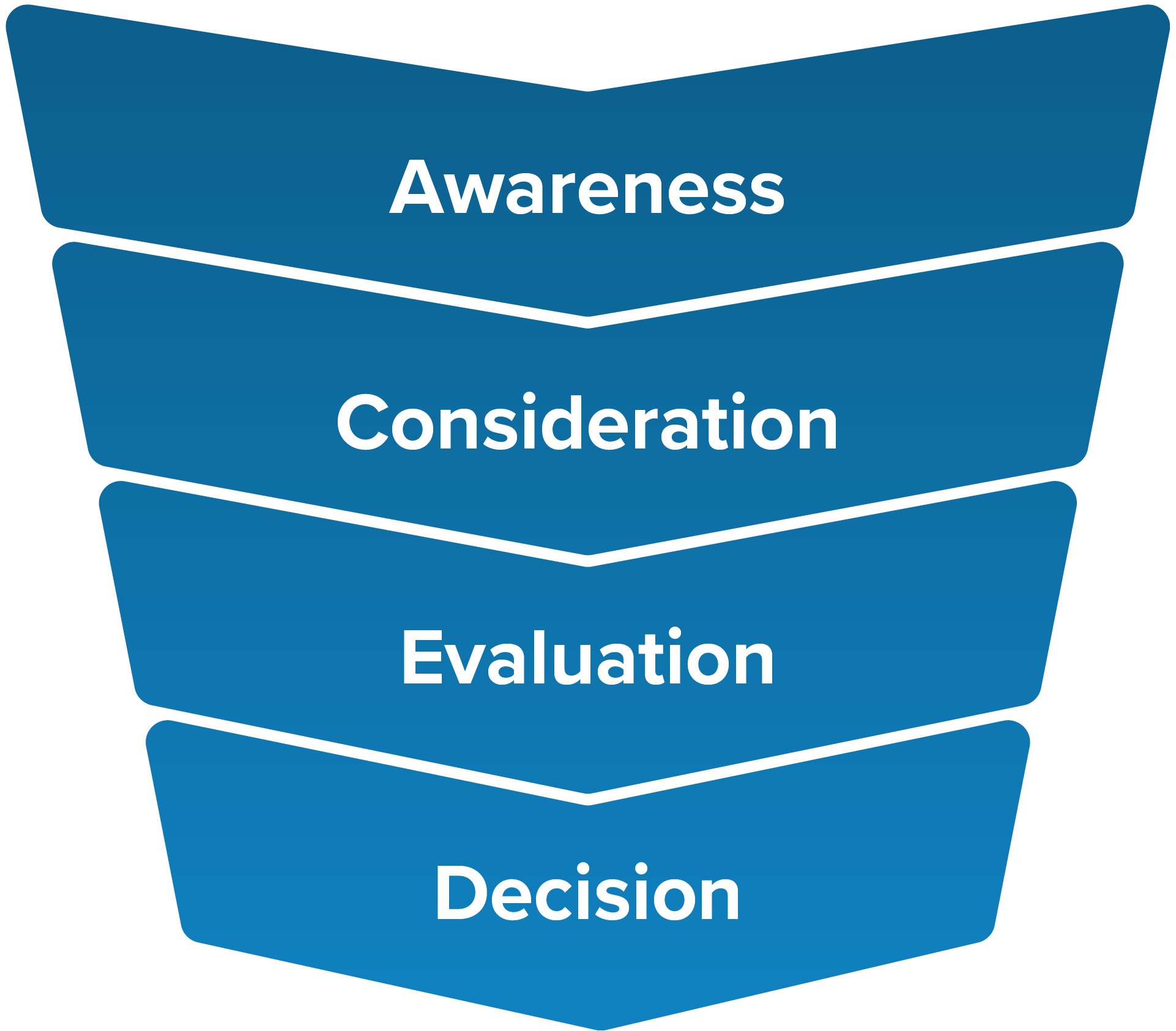
The above shows how the inbound marketing funnel works. It visually represents the active research process someone goes through leading up to a purchase.
The inbound methodology marketing team can use this framework to attract visitors to your website or social pages, convert them into qualified leads, help guide them through the sales process, and turn them into delighted customers.
Inbound marketing funnel stages
Inbound marketing relies on great content to get found by potential customers. Great content could be articles, videos, social posts, podcasts, research reports, guidebooks, and more.
But the thing is, you'll need different pieces of content for different stages of the funnel.
In each stage, there are specific digital tactics used to guide people toward a purchase.
(Remember, the top of the funnel is where people are further away from making a purchasing decision, while people at the bottom of the funnel are closer to purchasing.)
Let's go through each and explore the content that's best suited.
Awareness
The first stage in the inbound marketing funnel is to create awareness by attracting would-be ideal customers to your content.
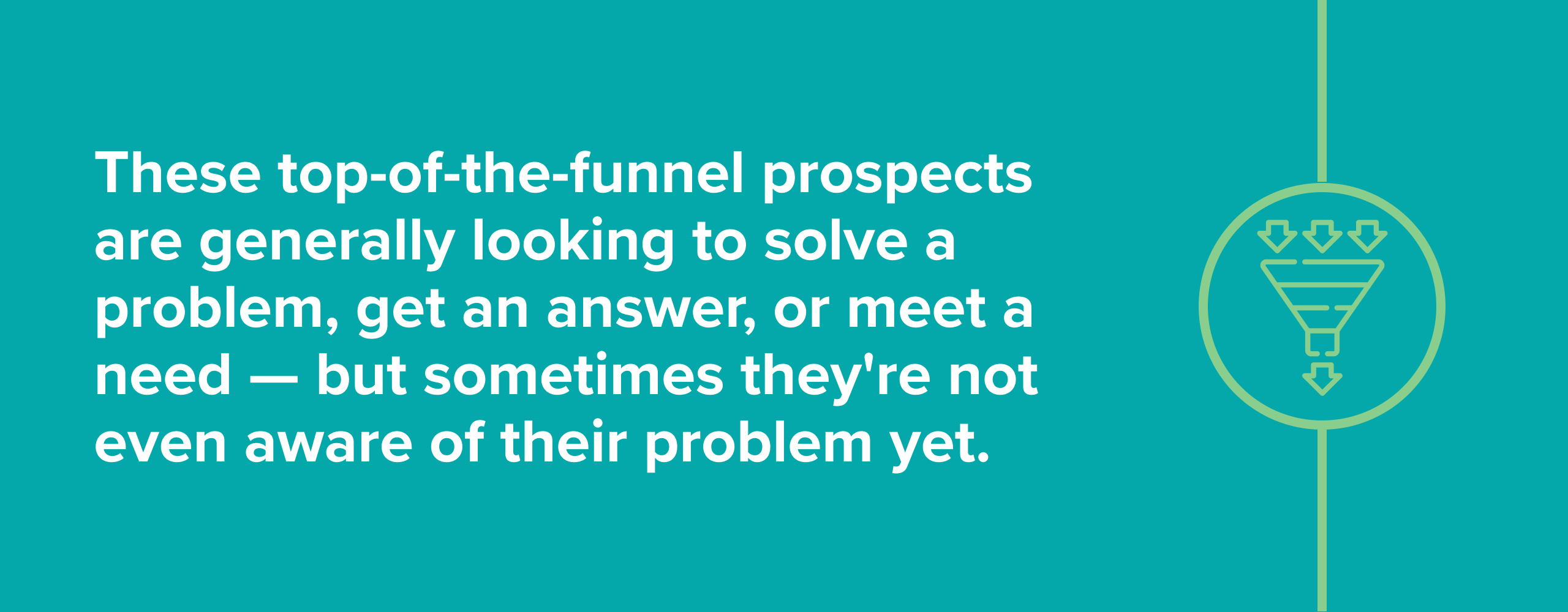
These top-of-the-funnel prospects are generally looking to solve a problem, get an answer, or meet a need — but sometimes they're not even aware of their problem yet.
Some of the most effective components used to attract the right users to your website are:
- Written content optimized for search engines
- Social media posts
- Short-form video content
Here's what to know about each of these three parts of the process.
Written content optimized for search engines
Creating and publishing content is essential for any inbound marketing strategy. In 2022, videos and blog articles were the most common forms of content, according to HubSpot, and they both can be effective for building awareness and attracting attention.
Producing high-quality content that centers around your ideal buyer draws your target audience in and familiarizes them with your brand. This content should provide value to your audience by offering insights and solutions that align with their pain points and goals.
Some examples of this type of content include blog articles, video tutorials, social media posts, podcasts, and other content that's discoverable.
Search engine optimization (SEO)
To attract your target audience, optimize all of written content with an SEO strategy.
Incorporate the appropriate keywords into your content to drive potential customers to your website. You do this by focusing on keywords built around your products or services, the challenges you are solving for visitors, how your products can help them, frequently asked questions, etc.
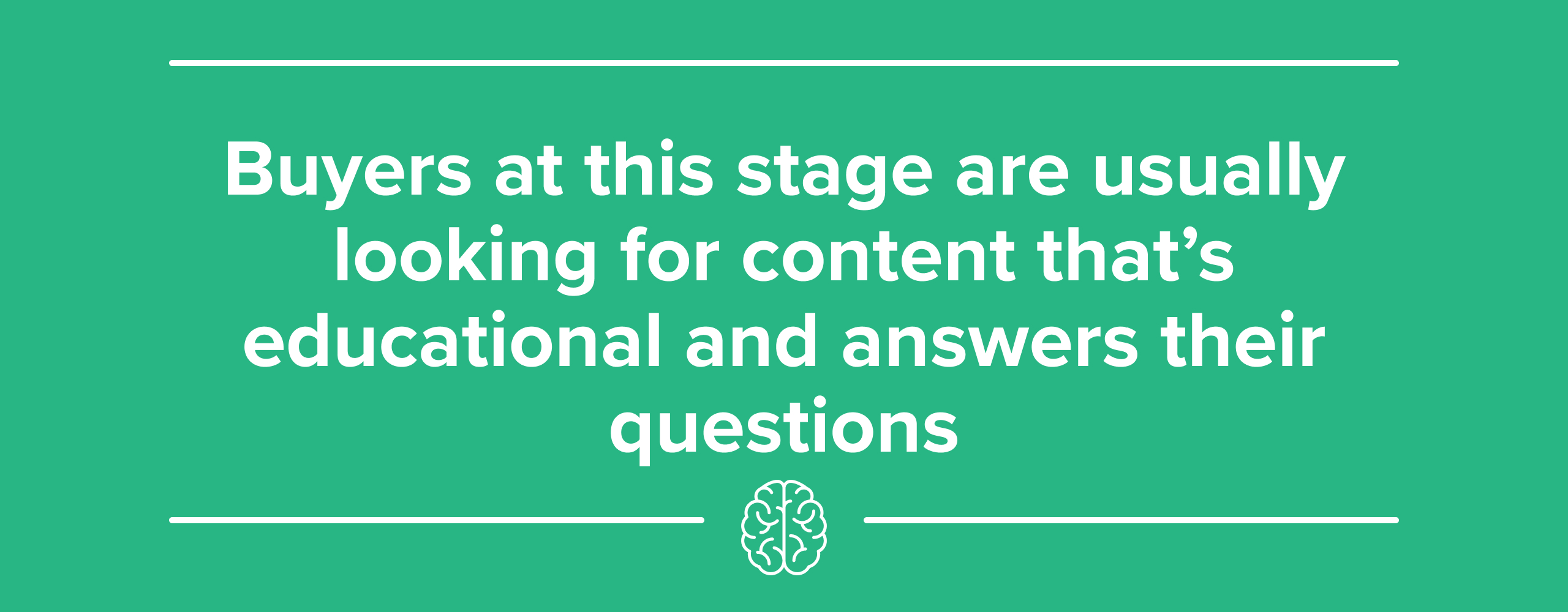
This will help your content organically appear on the search engine results page (SERP), giving you a better chance of the right fit finding you.
You can use tools like SurferSEO to help optimize your articles and other content, and Semrush to track performance.
Buyers at this stage are generally problem-aware, and they are usually looking for content that’s educational and answers their questions, so start there.
Social media posts and short-form video
Social media platforms are a great place for potential customers to discover you.
Find the platforms where your customers hang out, and create content that starts conversations and builds awareness.
Then, use the data you get back to tweak your messaging and your posts.
Short-form videos are a great way to spread awareness and distribute your message.
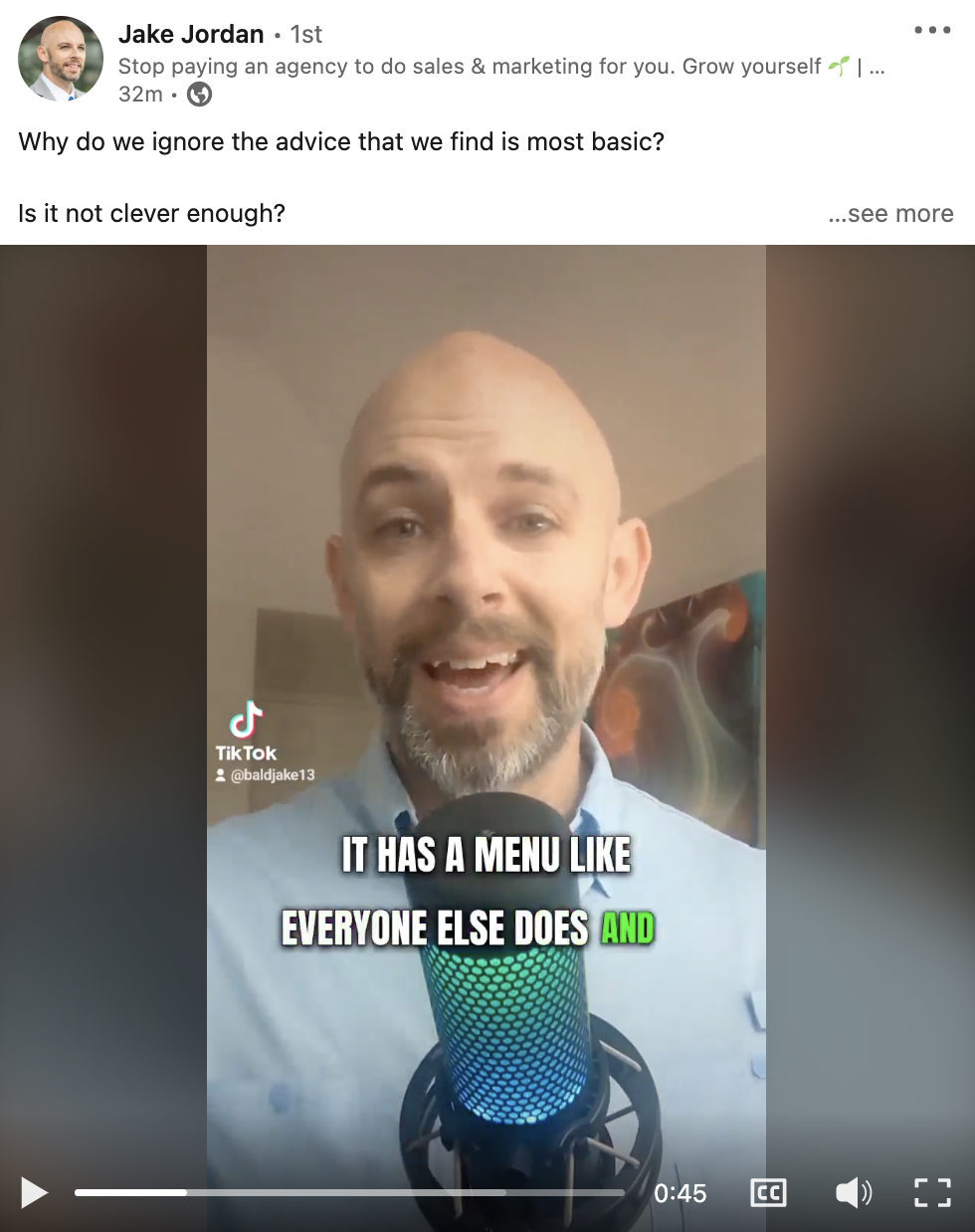
Consideration
Once visitors have found your social channel or website, you want to build a relationship with them and turn them into leads.
Some of the most important tools to employ when turning your visitors into leads include:
- Landing pages: A webpage that persuades users to download or sign up for content offers such as e-books, newsletters, webinars, free trials, etc.
- Forms: In exchange for content or something else of value, you want to obtain visitors’ contact data, such as their name, email address, and phone number. Forms are what your visitors will fill out to obtain that valuable content.
- Calls-to-action (CTAs): Text and/or a button on your website that tells the visitor what you want them to do next.
At the consideration stage, visitors are unlikely to be ready to buy.
So, instead of going right for the "book a demo" or "talk to a sales rep" step, prepare some transitional calls to action that are more aligned with a person in the consideration stage.
- Sing up for our newsletter
- Download our guidebook
- Register for our free event
In each case, you provide value and collect contact information.
For example, check out Kelsor's homepage. There's a traditional CTA ("Talk with an advisor"), but for people not ready to take that step, there's another big button offering a self-guided IT checklist.
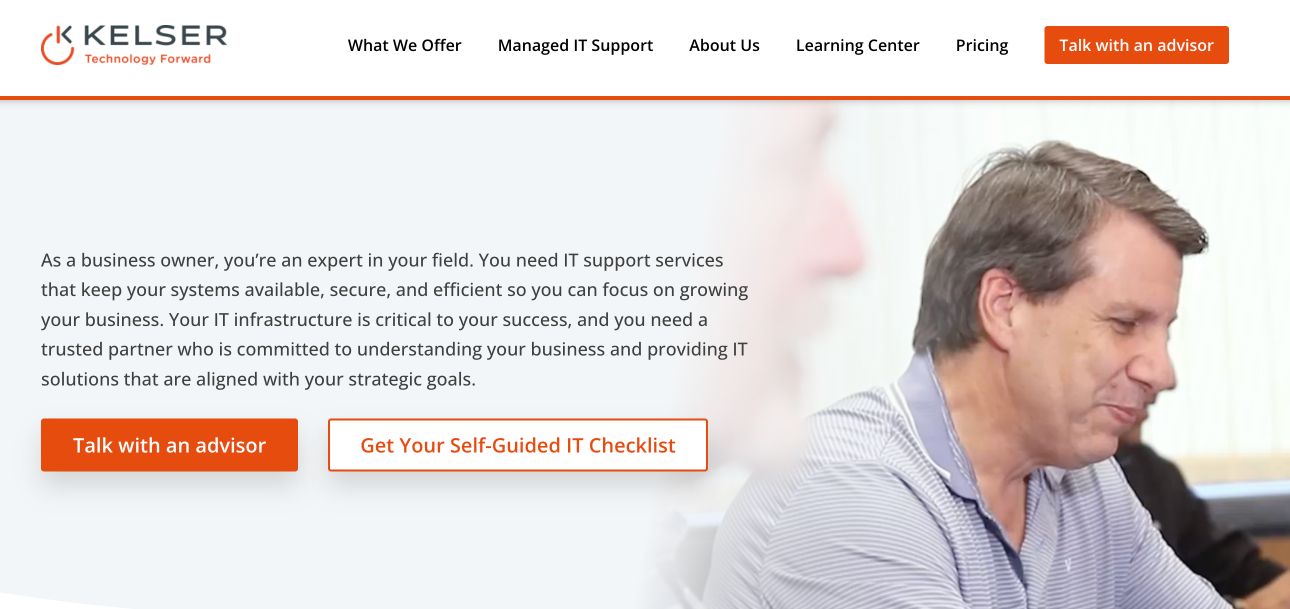
For potential customer, this is an easier step to take, especially if they're still in the consideration stage of their buyer's journey.
Evaluation
The “evaluation” stage of the inbound marketing funnel is where buyers are getting closer to making a purchase decision.
Converting a lead into a customer can be a long process in many businesses.
So, you need to continue providing helpful and relevant content to aid prospects in their decision-making journey using the following tactics and tools:
- Lead nurturing
- Marketing automation
- Customer relationship management (CRM) software
- Sales-enablement content
Here’s how:
Lead nurturing
Since leads are always at different stages of the buying process, you need to make sure you provide the right content and messaging at the right time to the right individuals.
This is called lead nurturing.
Through email, dynamic content, your website, and social media, you can nurture prospects through every step of their decision-making journey. Marketing can work in tandem with inbound sales to nurture leads through the buying process and optimize the conversion funnel.
Marketing automation
With digital marketing technology and software, you can automate marketing tasks. (According to HubSpot, 68% of businesses use automation in some way.)
Consider using marketing automation tools like HubSpot, Outgrow, or Seismic to automate tasks such as scheduling meetings, content delivery, contract generation, emails, text messages, and even reminders for your sales team to connect personally.
Customer relationship management (CRM) software
Using CRM software can help you better organize and access prospects and customer data.
For instance, since using HubSpot for marketing and sales automation for marketing and sales automation, our client ThoroughCare has worked with IMPACT to achieve remarkable growth, which wouldn’t be possible without the help of a marketing automation solution.
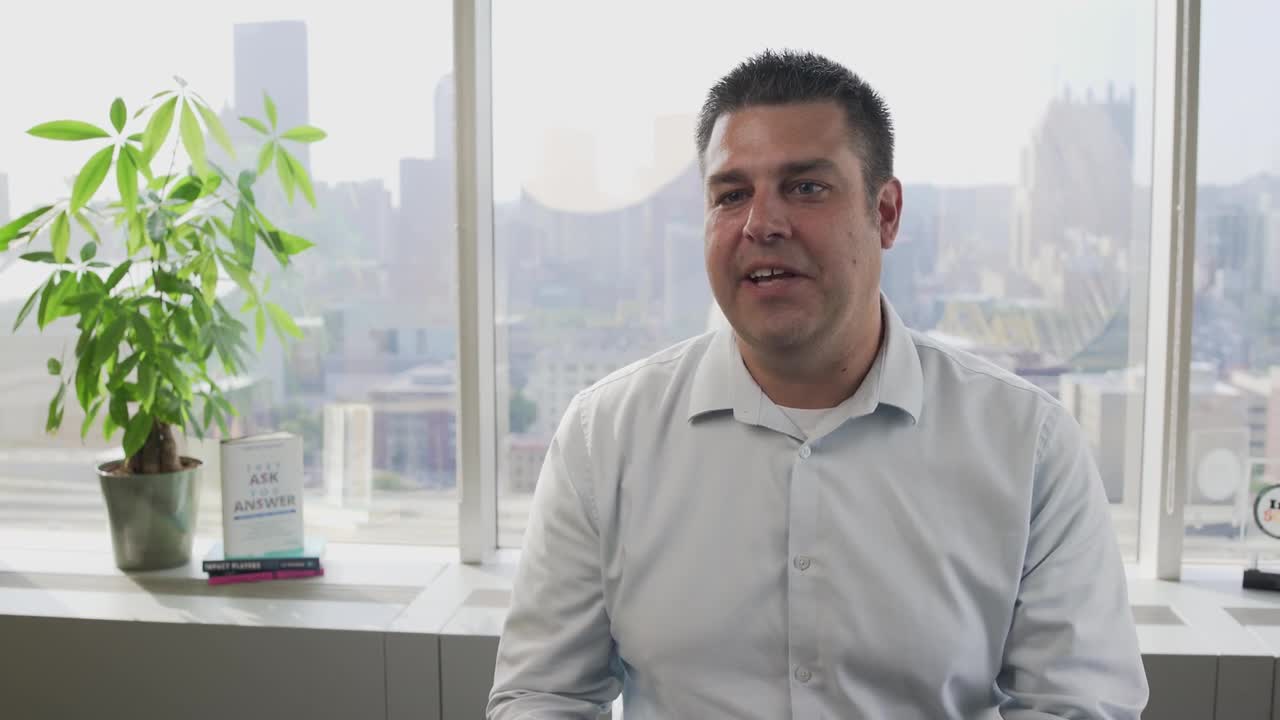
Sales-enablement content
When a buyer gets close to a final decision, they're looking for content that addresses their specific questions, worries, and concerns.
Enter sales-enablement content, which is used during the sales process to help these late-stage buyers.
Common formats include:
- Buyers' guides
- In-depth product comparisons
- Detailed price breakdowns (including what could make the price go up or down)
- Customer testimonials and case studies
Salespeople can use these before sales meetings (a process called "assignment selling") to address concerns before they come up.
Decision (and what comes next)
At last, we reach the bottom of the funnel, when a prospect makes the decision to become a customer.
Throughout the buying process — and especially in the final stages — companies can use content to help educate buyers and alleviate concerns that can hang up the sales process.
But it doesn't end there.
Even after you’ve made the sale, you need to continue to engage and delight your customers so you can grow your customer base.
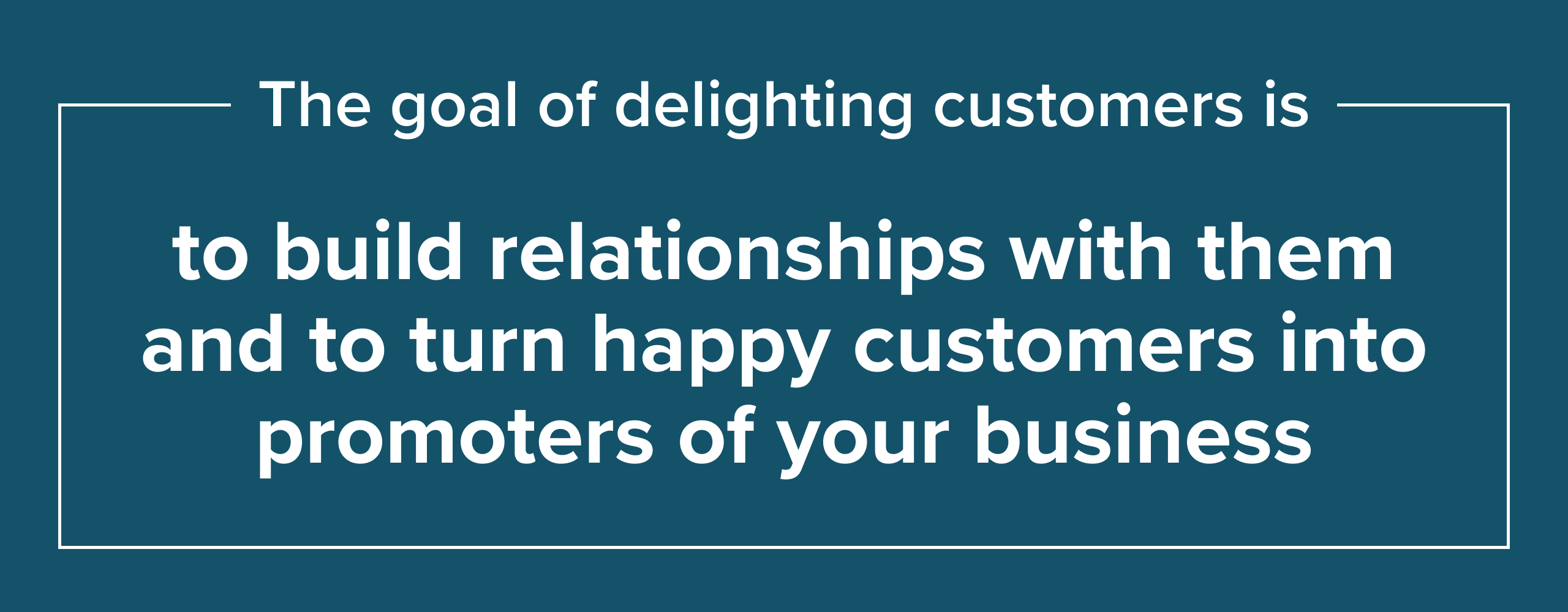
The goal of delighting customers is to build relationships with them and to turn happy customers into promoters of your business.
Your customers can be the biggest supporters or biggest critics of your brand, so don't ignore your buyers once the sale goes through.
Social media listening is a valuable customer relationship strategy because followers may use one of your profiles to share their experience, ask questions, or leave feedback about your products or services.
Respond to these interactions with helpful and supportive information — this shows you care about them and aren’t only looking for business.
Hilton, a multinational hospitality company with a broad portfolio of hotels and resorts, does an excellent job of mastering the art of delighting its customers.
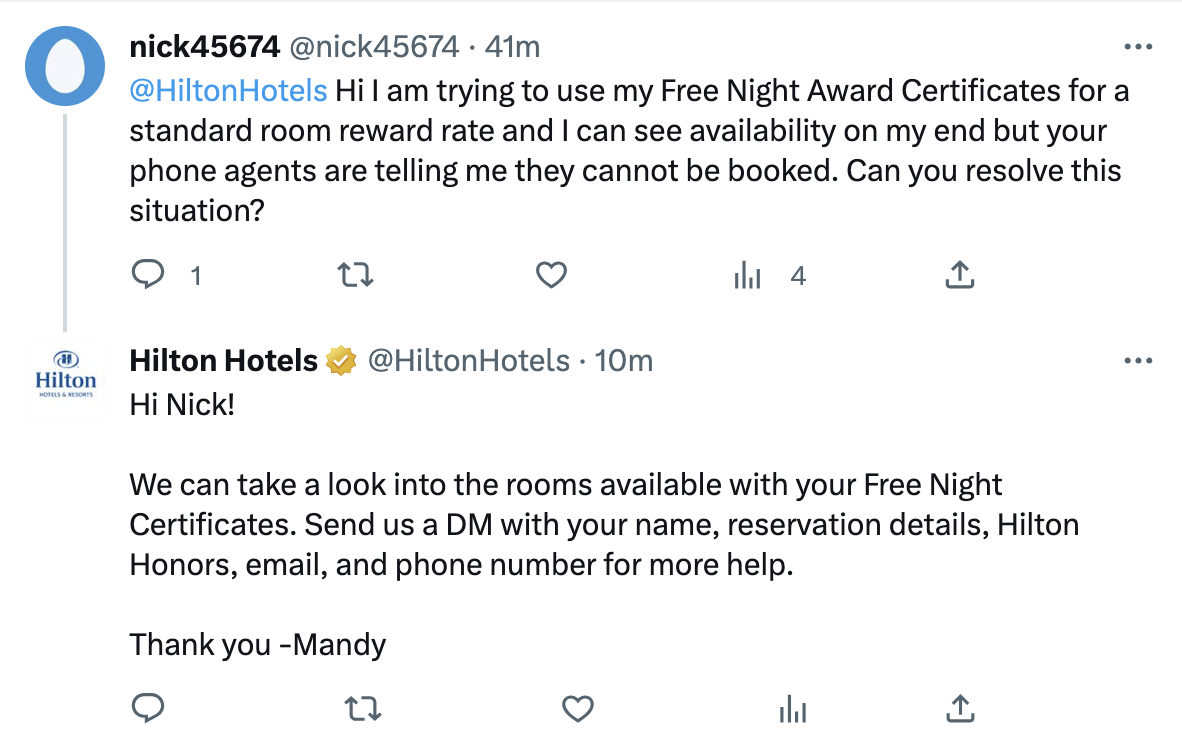
They created a social media listening strategy that enables them to be alert and respond to interactions whenever and with whomever. This genuine customer connection adds value to audience members, builds brand authority, and directly impacts the business.
It's also more likely to turn one-time customers into repeat customers.
Companies can use chatbots, loyalty programs, and surveys to support, assist, and delight customers.
Hilton, for example, offers a loyalty program for customers and offers incentives for guests to fill out a survey regarding their stay.
Boost business with the inbound marketing funnel
Inbound marketing is all about providing outstanding and helpful content to your audience, whether they are visitors, leads, or existing customers. This can be done in the form of blog articles, social media posts, newsletters, free trials, case studies, reviews — the list is endless.
You achieve the best inbound marketing results through digital channels and tactics that allow you to deliver specific and rewarding content for your leads and customers at the right time based on where they are in the buyer’s journey.


Order Your Copy of Marcus Sheridan's New Book — Endless Customers!